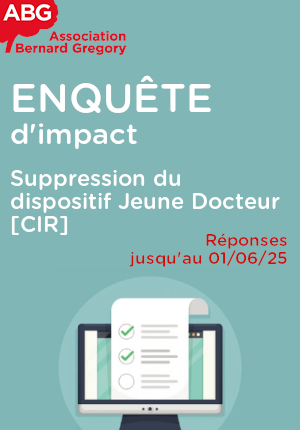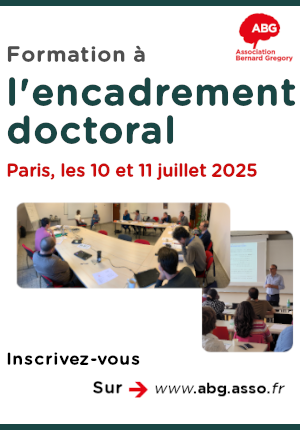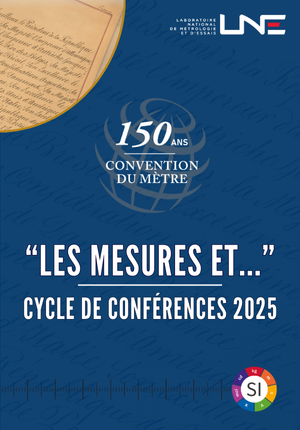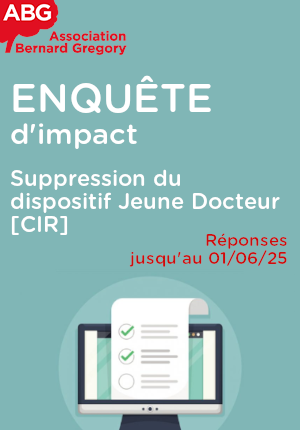Hydrogen storage mechanisms in MAX phases - Simulations and experiments
| ABG-132220 | Thesis topic | |
| 2025-05-27 | Other public funding |
- Materials science
- Materials science
- Physics
Topic description
The doctoral researcher will be part of the team for the H2MAX project (Hydrogen storage mechanisms in MAX phases), which is funded by the region Grand-Est over 36 months.
This doctoral project aims to advance the understanding of how the chemistry of the A and M elements and crystalline defects influence hydrogen (H) storage mechanisms in MAX phases and their two-dimensional derivatives, the MXenes.
MAX phases are layered hexagonal carbides and nitrides with the general formula Mₙ₊₁AXₙ (n = 1–3), where M is an early transition metal, A is a group IIIA or IVA element (e.g., Al or Si), and X is carbon and/or nitrogen. These materials combine metallic and ceramic properties, including high electrical and thermal conductivity, machinability, and damage tolerance. MXenes are obtained by selective etching of the A layers from MAX phases, yielding 2D materials (Mₙ₊₁XₙTₓ) with high surface areas, tunable chemistries, and promising properties for energy storage and catalysis, including hydrogen storage.
The project focuses on various MAX phases (Ti₃AlC₂, Ti₃SiC₂, Ti₂AlC, Ti₂SiC, V₃AlC₂, V₂AlC) and corresponding MXenes (Ti₃C₂, Ti₂C, V₃C₂, V₂C). These systems were selected for their relevance to H storage and their availability via synthesis, enabling direct comparison with ab initio simulations. This integrated approach, made possible by prior work, is key to bridging experimental and theoretical insights.
Experiments will use tools available at LEM3: hydrogen uptake and kinetics will be measured with a Sievert apparatus, while microstructures will be characterized before and after hydrogenation using the MICROMAT platform. On the modeling side, ab initiocalculations will be performed using VASP on the EXPLOR mesocenter and national HPC facilities. H insertion and migration energies will be computed in both pristine and defected structures to identify the key mechanisms involved.
In addition, the development of a machine learning (ML) potential based on the project’s results may be pursued to model more complex systems beyond the reach of ab initio methods—such as dislocation-H interactions or Mg-MAX interfaces, toward realistic Mg-MAX nanocomposites.
This project is inherently interdisciplinary, as it requires the doctoral researcher to develop and apply advanced skills in both experimentation and numerical simulation. This dual expertise will allow doctoral researcher not only to gain deep insight into the phenomena under investigation but also to master a wide range of methodologies and analytical tools recognized in both academic and industrial settings. As such, the doctoral researcher will be well-positioned to integrate into the job market and pursue high-value positions upon completion of the PhD.
Recommended readings:
- M.W. Barsoum, T. ElRaghy, American Scientist, Vol. 89, No. 4 (2001), pp. 334343 (https://www.jstor.org/stable/27857502)
- Y. Gogotsi, and B. Anasori, ACS Nano, Vol. 13 (2019), pp. 8491−8494 (https://doi.org/10.1007/s41127022-00053-z)
- V. Bérubé, G. Radtke, M. Dresselhaus, G. Chen, International Journal of Energy Research, Vol. 31 (2007), pp. 637663 (https://doi.org/10.1002/er.1284)
Starting date
Funding category
Funding further details
Presentation of host institution and host laboratory
The LEM3 (Laboratory for the Study of Microstructures and Mechanics of Materials) in Metz and the IJL (Jean Lamour Institute) in Nancy are two of France’s leading research centers in materials science and engineering. Both are joint units of Université de Lorraine and the CNRS, with strong industrial and international ties.
LEM3, where the doctoral researcher will be based, specializes in microstructures, mechanics, and materials processes, with expertise in plasticity, electron microscopy, multiscale modeling, and hydrogen storage, including dedicated facilities for microstructure optimization. IJL focuses on materials, surfaces, metallurgy, nanoscience, and electronics, and hosts advanced infrastructure such as cleanrooms and a unique ultra-high vacuum platform.
Located in the Grand-Est region near Germany and Luxembourg, LEM3 and IJL form a major hub for European research, bringing together over 800 scientists working at the interface of fundamental science and applied innovation in energy, health, mobility, and manufacturing.
Website :
PhD title
Country where you obtained your PhD
Institution awarding doctoral degree
Graduate school
Candidate's profile
The following qualifications are required:
- Master's degree in materials science r a closely related field (e.g., quantum/statistical physics or nanoscience)
- Slid understanding of materials science and condensed matter physics.
The following qualifications are beneficial:
- Mdeling skills: Prir experience or strong interest in simulations and computational modeling of materials behavior. Experience with programming languages such as Python is a plus.
Characterization techniques: Knowledge of microstructural characterization, particularly using electron microscopy techniques (e.g., SEM, TEM, EBSD).
Vous avez déjà un compte ?
Nouvel utilisateur ?
Get ABG’s monthly newsletters including news, job offers, grants & fellowships and a selection of relevant events…
Discover our members
 Groupe AFNOR - Association française de normalisation
Groupe AFNOR - Association française de normalisation  MabDesign
MabDesign 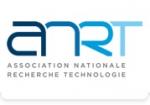 ANRT
ANRT  MabDesign
MabDesign 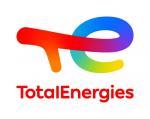 TotalEnergies
TotalEnergies  Institut Sup'biotech de Paris
Institut Sup'biotech de Paris  Nokia Bell Labs France
Nokia Bell Labs France  ONERA - The French Aerospace Lab
ONERA - The French Aerospace Lab 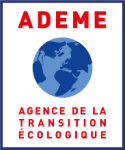 ADEME
ADEME  Ifremer
Ifremer  ASNR - Autorité de sûreté nucléaire et de radioprotection - Siège
ASNR - Autorité de sûreté nucléaire et de radioprotection - Siège  Généthon
Généthon 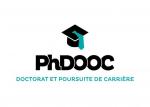 PhDOOC
PhDOOC  Laboratoire National de Métrologie et d'Essais - LNE
Laboratoire National de Métrologie et d'Essais - LNE  CASDEN
CASDEN  Aérocentre, Pôle d'excellence régional
Aérocentre, Pôle d'excellence régional  Tecknowmetrix
Tecknowmetrix  CESI
CESI  SUEZ
SUEZ



